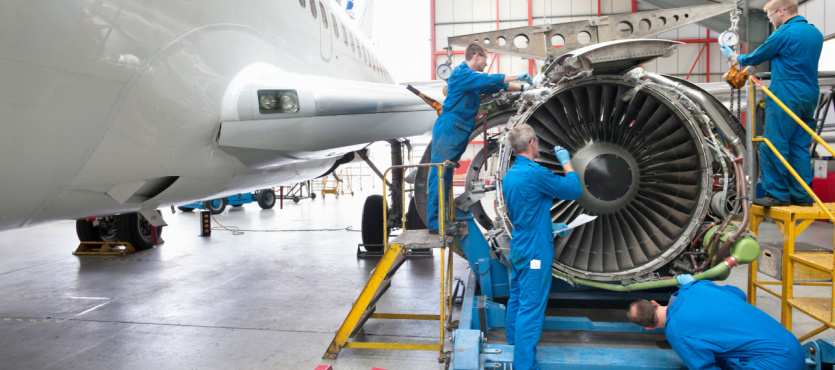Aviation education is a dynamic field that evolves in response to technological advancements, regulatory changes, and industry demands. It continues to adapt to the changing landscape of the industry, with a strong emphasis on technology, sustainability, safety, and global perspectives.
In order to keep up, aspiring aviation professionals should seek programs that align with these emerging trends to prepare for successful careers in the aviation sector. Preparing for the future in aviation education requires staying up-to-date with current trends and anticipating future developments. Here are some key trends and considerations in aviation education:
New Trends to Look Out For
- Digitalization and Simulation
Aviation education is increasingly incorporating digital tools and simulation technologies. Flight simulators, virtual reality (VR), and augmented reality (AR) are being used to enhance pilot training, maintenance training, and air traffic control education. These technologies provide a safe and cost-effective way to train aviation professionals.
- Remote Learning and E-Learning
The COVID-19 pandemic accelerated the adoption of remote learning in aviation education. E-learning platforms and virtual classrooms allow students to access course materials and interact with instructors from anywhere. This trend is likely to continue as it provides flexibility and cost savings.
- Data Analytics and Artificial Intelligence
Aviation education is incorporating data analytics and artificial intelligence (AI) into curricula. Students are learning how to analyze flight data, use predictive maintenance algorithms, and understand AI-driven air traffic management systems. These skills are becoming essential for aviation professionals.
- Sustainability and Environmental Concerns
The aviation industry is under increasing pressure to reduce its environmental impact. Aviation education programs are integrating sustainability and environmental courses into their curricula to prepare future aviation professionals for a more eco-friendly industry.
- Cross-Disciplinary Training
As aviation becomes more interconnected with other fields, such as technology and cybersecurity, cross-disciplinary training is gaining importance. Aviation professionals are expected to have a broader skill set that includes knowledge of cybersecurity, data science, and human factors.
- Globalization
The aviation industry is global in nature, and aviation education programs are increasingly offering international perspectives and partnerships. Students are encouraged to gain exposure to different aviation systems and cultures.
What is Changing the Landscape for Aviation Students?
The landscape for aviation students is continuously evolving, influenced by various factors that reflect changes in the aviation industry, technology, regulations, and societal demands. Here are key factors contributing to the changing landscape for aviation students:
- Unmanned Aircraft Systems (UAS) Integration: The proliferation of drones and UAS has created new opportunities and challenges for aviation students. Programs now incorporate UAS education to prepare students for careers in drone operations, which are increasingly relevant in various sectors, including agriculture, surveillance, and delivery services.
- Electric and Sustainable Aviation: As the aviation industry strives to reduce its environmental impact, there is a growing emphasis on electric aircraft and sustainable aviation practices. Aviation students need to be well-versed in these emerging technologies and environmentally conscious practices.
- Digitalization and Data Analytics: Aviation generates vast amounts of data, and the ability to analyze this data is crucial for safety, efficiency, and decision-making. Students are expected to have strong data analysis skills and understand the role of data in aviation operations.
- Regulatory Changes: Aviation regulations are continuously evolving to accommodate new technologies and safety standards. Aviation students must stay current with these changes and understand how they affect flight operations, safety protocols, and compliance.
Shape Your Aviation Career with Airlink Flight School
To succeed in the changing aviation landscape, students should seek educational programs that offer a comprehensive understanding of the industry, such as Airlink Flight School. We provide opportunities for hands-on experience, internships, and continuous learning to stay competitive in the industry. If you’d like to enroll in our program or want to learn more about our school and faculty, one of our team members would be happy to assist you.

